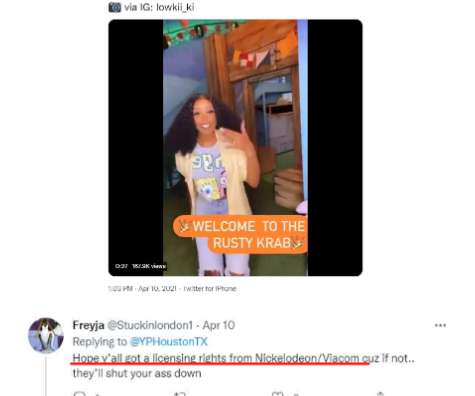Supreme Court Finds Warhol’s Commercial Licensing of “Orange Prince” to Vanity Fair Is Not Fair Use and Infringes Goldsmith’s Famed Rock Photo
Intellectual Property Law Blog
JUNE 5, 2023
3] The Court found that the Warhol Foundation’s licensing of the Orange Prince to Conde Nast did not have a sufficiently different purpose as the Goldsmith photograph because both were “portraits of Prince used in magazines to illustrate stories about Prince.” [4] 13] AWF’s use was commercial because AWF licensed the artwork for a fee. [14]











Let's personalize your content